"2007年世界人口状况调查报告"相关数据
更新时间:2024-11-272019年世界人口展望
Understanding global population trends and anticipating the demographic changes to come are crucial to the achievement of the 2030Agenda for Sustainable Development. The 2030Agenda emphasizes that people are at the centre of sustainable development,echoing the ideals set forth in the Programme of Action of the International Conference on Population and Development adopted in Cairo in 1994.Population trends observed over the past few decades point to substantial progress made towards several of the Sustainable Development Goals (SDGs) so far.Examples include reduced mortality,particularly among children,as well as increased access to sexual and reproductive health care and enhanced gender equality that have empowered women to decide freely and responsibly the number,spacing and timing of their children.
Recent demographic trends are harbingers of the future challenges to sustainable development. For example,countries experiencing rapid population growth,most of which are in sub-Saharan Africa,must provide schooling and health care to growing numbers of children,and ensure education and employment opportunities to increasing numbers of youth. Countries where population growth has slowed or stopped must prepare for an increasing proportion of older persons and, in some cases,decreasing population size. These and other challenges can be addressed in part by anticipating coming demographic trends and incorporating that information into policies and planning.
The United Nations population estimates and projections form a comprehensive set of demographic data to assess population trends at the global, regional and national levels. They are used in the calculation of many of the key development indicators commonly used by the United Nations system,including for more than one third of the indicators used to monitor progress towards the achievement of the sDGs. The 2019 revision of the World Population Prospects is the twenty-sixth edition of the United Nations population estimate sand projections,which have been prepared since1951 by the Population Division of the Department of Economic and Social Affairs.The 2019 revision presents population estimates from 1950 until the present for 235 countries or areas, which have been developed through country-specific analyses of historical demographic trends. It builds on previous revisions by incorporating additional results from the 2010 and 2020 rounds of national population censuses as well as information from vital registration and recent nationally representative household surveys.The 2019 revision also presents population projections to the year 2100 that reflect a range of plausible outcomes at the global, regional and country levels.
【更多详情,请下载:2019年世界人口展望】
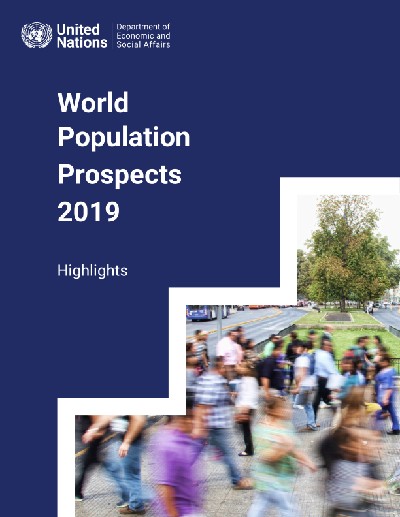
 2019年世界人口展望联合国从1951年开始定期对全世界的人口趋势进行分析。近期在纽约总部发布的2019年《世界人口展望》报告根据对全世界235个国家或地区的历史数据和人口趋势分析,进行了最新的人口估计。2019年发布时间:2020-04-24
2019年世界人口展望联合国从1951年开始定期对全世界的人口趋势进行分析。近期在纽约总部发布的2019年《世界人口展望》报告根据对全世界235个国家或地区的历史数据和人口趋势分析,进行了最新的人口估计。2019年发布时间:2020-04-24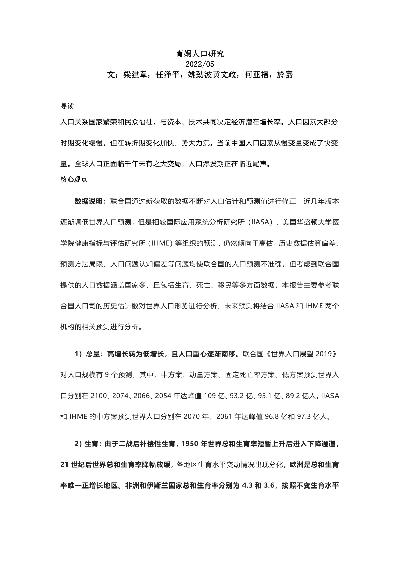 2022世界人口形势报告2022年发布时间:2022-08-10
2022世界人口形势报告2022年发布时间:2022-08-10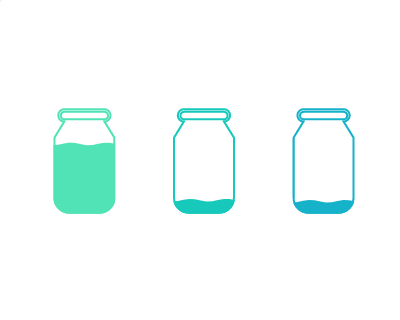 截至2006年世界人口贩运被害人类型该统计数据包含了截至2006年世界人口贩运被害人类型。女性占比高达79%,其中妇女占66%,女孩占13%。2006年发布时间:2020-08-31
截至2006年世界人口贩运被害人类型该统计数据包含了截至2006年世界人口贩运被害人类型。女性占比高达79%,其中妇女占66%,女孩占13%。2006年发布时间:2020-08-31 截至2020年4月世界人口排名Top10该统计数据包含了截至2020年4月世界人口排名Top10。中国人口数量为1400050000人,名列第一位。2020年发布时间:2020-06-04
截至2020年4月世界人口排名Top10该统计数据包含了截至2020年4月世界人口排名Top10。中国人口数量为1400050000人,名列第一位。2020年发布时间:2020-06-04 2020年世界人口状况-反对伤害妇女和女孩并破坏平等的做法本报告描述了对于妇女和儿童的各种侵害,虽然有害做法可能差别很大,但都是对妇女和女孩权利的侵犯。到2020年初,世界面临一场前所未有的大流行,COVID-19在全球肆虐,夺走生命,对社会和经济造成严重破坏。在这个困难时刻,人口基金将继续在我们工作的国家和社区保护妇女和女孩的健康和权利。2020年发布时间:2020-07-03
2020年世界人口状况-反对伤害妇女和女孩并破坏平等的做法本报告描述了对于妇女和儿童的各种侵害,虽然有害做法可能差别很大,但都是对妇女和女孩权利的侵犯。到2020年初,世界面临一场前所未有的大流行,COVID-19在全球肆虐,夺走生命,对社会和经济造成严重破坏。在这个困难时刻,人口基金将继续在我们工作的国家和社区保护妇女和女孩的健康和权利。2020年发布时间:2020-07-03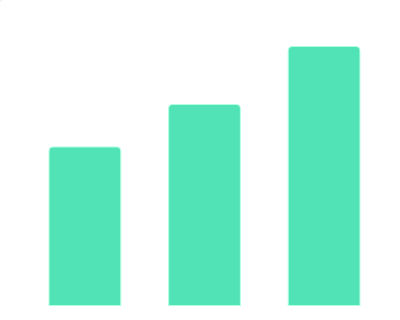 公元前1万年-2021年世界人口数量该统计数据包含了公元前1万年-2021年世界人口数量。2021年全球的人口数量已经接近79亿人。2021年发布时间:2022-06-06
公元前1万年-2021年世界人口数量该统计数据包含了公元前1万年-2021年世界人口数量。2021年全球的人口数量已经接近79亿人。2021年发布时间:2022-06-06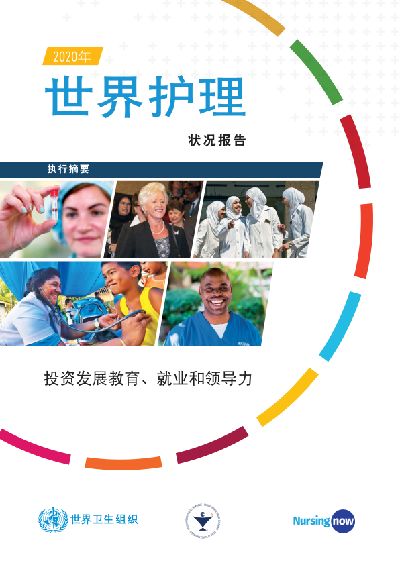 2020世界护理状况报告报告揭示了许多护理人员队伍值得赞扬的方面。为高级护理教育和强化专业职能提供机会,包括在政策层面,可以推动改善人口健康。但与此同时,我们继续看到世界各地护士的分布仍存在巨大不平等,我们必须解决这一问题。2020年是国际护士和助产士年。这是一个契机,使我们可以利用《2020年世界护理状况》报告中的证据,致力于落实一项议程以推动并持续向2030年目标进展。2020-2030年发布时间:2020-05-18
2020世界护理状况报告报告揭示了许多护理人员队伍值得赞扬的方面。为高级护理教育和强化专业职能提供机会,包括在政策层面,可以推动改善人口健康。但与此同时,我们继续看到世界各地护士的分布仍存在巨大不平等,我们必须解决这一问题。2020年是国际护士和助产士年。这是一个契机,使我们可以利用《2020年世界护理状况》报告中的证据,致力于落实一项议程以推动并持续向2030年目标进展。2020-2030年发布时间:2020-05-18 1961年-2013年世界人均肉类食用量该统计数据包含了1961年-2013年世界人均肉类食用量。截至2013年全球人均肉类消耗量达到43千克。1961-2013年发布时间:2021-02-07
1961年-2013年世界人均肉类食用量该统计数据包含了1961年-2013年世界人均肉类食用量。截至2013年全球人均肉类消耗量达到43千克。1961-2013年发布时间:2021-02-07 2007年-2018年世界在卷烟包装采用图形警示的国家数量该统计数据包含了2007年-2018年世界在卷烟包装采用图形警示的国家数量。在卷烟包装上强制要求图形警示的国家越来越多。2007-2018年发布时间:2020-05-29
2007年-2018年世界在卷烟包装采用图形警示的国家数量该统计数据包含了2007年-2018年世界在卷烟包装采用图形警示的国家数量。在卷烟包装上强制要求图形警示的国家越来越多。2007-2018年发布时间:2020-05-29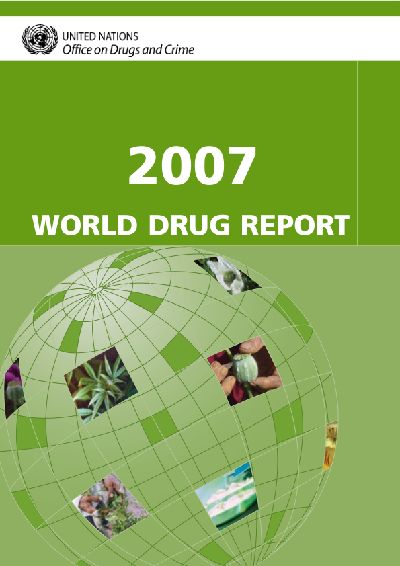 2007世界毒品报告(英文版)本报告为联合国毒品和犯罪问题办公室于2007年发布的2007世界毒品报告。2007年发布时间:2020-06-19
2007世界毒品报告(英文版)本报告为联合国毒品和犯罪问题办公室于2007年发布的2007世界毒品报告。2007年发布时间:2020-06-19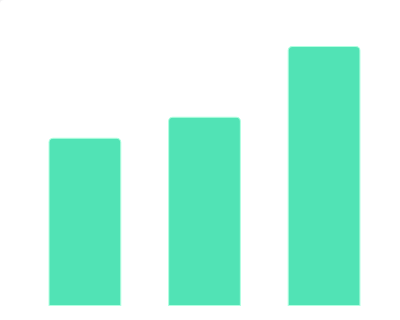 2008-2018年世界钴产量该统计数据包含了2008-2018年世界钴产量。2018年世界总计钴产量总计为158.1千吨。2008-2018年发布时间:2020-06-24
2008-2018年世界钴产量该统计数据包含了2008-2018年世界钴产量。2018年世界总计钴产量总计为158.1千吨。2008-2018年发布时间:2020-06-24 2008-2018年世界煤炭产量该统计数据包含了2008-2018年世界煤炭产量。2018年世界煤炭产量为3916.8百万吨油当量。2008-2018年发布时间:2020-04-16
2008-2018年世界煤炭产量该统计数据包含了2008-2018年世界煤炭产量。2018年世界煤炭产量为3916.8百万吨油当量。2008-2018年发布时间:2020-04-16 简析2021世界人工智能大会人工智能与各行业融合加深,经济潜力逐渐释放:AI、5G等技术加速了众多行业企业的数字化和智能化转型,有力推动经济增长。2020年我国人工智能产业规模为3,031亿元,数字经济规模达到了41.4万亿元,且将保持稳定增长态势。汽车行业的人工智能应用尤为显著,自动驾驶、汽车芯片、智能制造、电动化和低碳化发展、科技化转型等都离不开人工智能技术的加持,车企的智能化发展带动整个汽车产业链智能化水平的提升,人工智能也有效赋能产业链企业降低成本增加效率,减少碳排放。支持人工智能产业发展的政策不断完善:人工智能产业的高速发展也带来了不小的安全风险与挑战。政府不断出台政策支持人工智能产业发展的同时也在陆续发布相关安全技术和安全保护政策,逐渐完善相应的政策法规体系。“十四五”规划强调了网络安全保障制度的建立,《数据安全法》、《网络安全法》、《个人信息保护法》等法律的颁布与实施也将加速与数字经济发展相适应的政策法规体系的构建。2021年发布时间:2021-09-13
简析2021世界人工智能大会人工智能与各行业融合加深,经济潜力逐渐释放:AI、5G等技术加速了众多行业企业的数字化和智能化转型,有力推动经济增长。2020年我国人工智能产业规模为3,031亿元,数字经济规模达到了41.4万亿元,且将保持稳定增长态势。汽车行业的人工智能应用尤为显著,自动驾驶、汽车芯片、智能制造、电动化和低碳化发展、科技化转型等都离不开人工智能技术的加持,车企的智能化发展带动整个汽车产业链智能化水平的提升,人工智能也有效赋能产业链企业降低成本增加效率,减少碳排放。支持人工智能产业发展的政策不断完善:人工智能产业的高速发展也带来了不小的安全风险与挑战。政府不断出台政策支持人工智能产业发展的同时也在陆续发布相关安全技术和安全保护政策,逐渐完善相应的政策法规体系。“十四五”规划强调了网络安全保障制度的建立,《数据安全法》、《网络安全法》、《个人信息保护法》等法律的颁布与实施也将加速与数字经济发展相适应的政策法规体系的构建。2021年发布时间:2021-09-13 2008-2018年世界发电量该统计数据包含了2008-2018年世界发电量。2018年世界发电量为26614.8太瓦时。2008-2018年发布时间:2020-05-09
2008-2018年世界发电量该统计数据包含了2008-2018年世界发电量。2018年世界发电量为26614.8太瓦时。2008-2018年发布时间:2020-05-09 2018年世界分燃料发电量该统计数据包含了2018年世界分燃料发电量。2018年世界发电量总计为26614.8太瓦时。2018年发布时间:2020-05-23
2018年世界分燃料发电量该统计数据包含了2018年世界分燃料发电量。2018年世界发电量总计为26614.8太瓦时。2018年发布时间:2020-05-23 2017年世界分燃料发电量该统计数据包含了2017年世界分燃料发电量。2017年世界发电量总计为25676.6太瓦时。2017年发布时间:2020-05-23
2017年世界分燃料发电量该统计数据包含了2017年世界分燃料发电量。2017年世界发电量总计为25676.6太瓦时。2017年发布时间:2020-05-23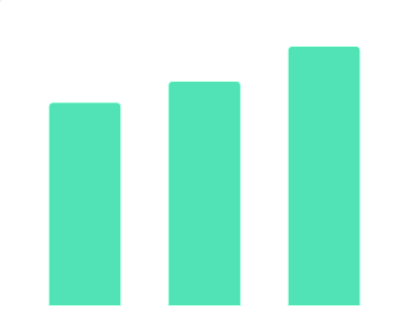 2008-2018年世界生物燃料产量该统计数据包含了2008-2018年世界生物燃料产量。2018年世界生物燃料产量为95371.0千吨油当量。2008-2018年发布时间:2020-05-09
2008-2018年世界生物燃料产量该统计数据包含了2008-2018年世界生物燃料产量。2018年世界生物燃料产量为95371.0千吨油当量。2008-2018年发布时间:2020-05-09 2008-2018年世界石油产量该统计数据包含了2008-2018年世界石油产量(单位:百万吨)。2018年世界石油产量为4474.3百万吨。2008-2018年发布时间:2020-04-16
2008-2018年世界石油产量该统计数据包含了2008-2018年世界石油产量(单位:百万吨)。2018年世界石油产量为4474.3百万吨。2008-2018年发布时间:2020-04-16 2018年世界各国人口总数统计该统计数据包含了2018年世界各国人口总数统计。中国作为世界人口第一大国,2018年的总人口数量为13.93亿人,占比世界人口总量的18.34%。2018年发布时间:2020-07-03
2018年世界各国人口总数统计该统计数据包含了2018年世界各国人口总数统计。中国作为世界人口第一大国,2018年的总人口数量为13.93亿人,占比世界人口总量的18.34%。2018年发布时间:2020-07-03 2008-2018年世界核能消费量该统计数据包含了2008-2018年世界核能消费量。2018年世界核能消费量为611.3百万吨油当量。2008-2018年发布时间:2020-05-06
2008-2018年世界核能消费量该统计数据包含了2008-2018年世界核能消费量。2018年世界核能消费量为611.3百万吨油当量。2008-2018年发布时间:2020-05-06





